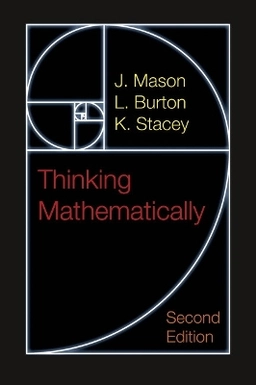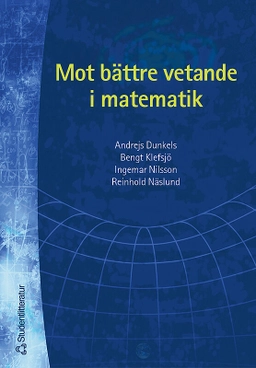Introductory Complex Analysis is a scaled-down version of A. I. Markushevich's masterly three-volume "Theory of Functions of a Complex Variable." Dr. Richard Silverman, the editor and translator of the original, has prepared this shorter version expressly to meet the needs of a one-year graduate or undergraduate course in complex analysis. In his selection and adaptation of the more elementary topics from the original larger work, he was guided by a brief course prepared by Markushevich himself.
The book begins with fundamentals, with a definition of complex numbers, their geometric representation, their algebra, powers and roots of complex numbers, set theory as applied to complex analysis, and complex functions and sequences. The notions of proper and improper complex numbers and of infinity are fully and clearly explained, as is stereographic projection. Individual chapters then cover limits and continuity, differentiation of analytic functions, polynomials and rational functions, Mobius transformations with their circle-preserving property, exponentials and logarithms, complex integrals and the Cauchy theorem, complex series and uniform convergence, power series, Laurent series and singular points, the residue theorem and its implications, harmonic functions (a subject too often slighted in first courses in complex analysis), partial fraction expansions, conformal mapping, and analytic continuation.
Elementary functions are given a more detailed treatment than is usual for a book at this level. Also, there is an extended discussion of the Schwarz-Christolfel transformation, which is particularly important for applications.
There is a great abundance of worked-out examples, and over three hundred problems (some with hints and answers), making this an excellent textbook for classroom use as well as for independent study. A noteworthy feature is the fact that the parentage of this volume makes it possible for the student to pursue various advanced topics in more detail in the three-volume original, without the problem of having to adjust to a new terminology and notation .
In this way, IntroductoryComplex Analysis serves as an introduction not only to the whole field of complex analysis, but also to the magnum opus of an important contemporary Russian mathematician.
Åtkomstkoder och digitalt tilläggsmaterial garanteras inte med begagnade böcker
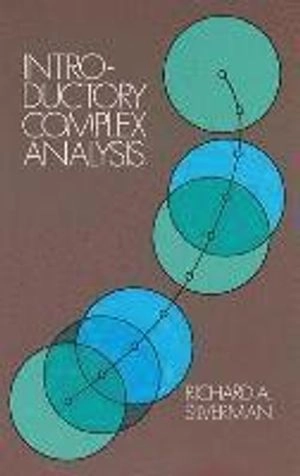

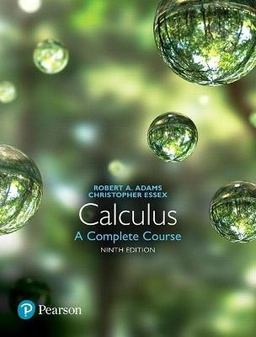

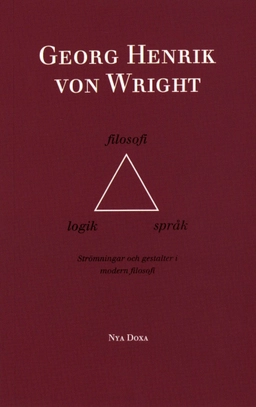
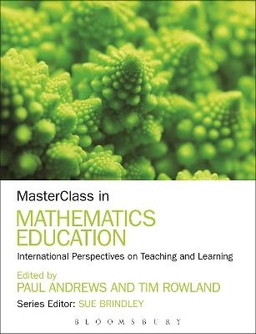
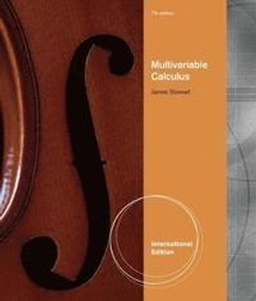
![Multivariable calculus : [international] metric version ; [Multivariate calculus]; James Stewart; 2015](/images/format:webp/size:256:0/quality:100/asset/book-cover/multivariable-calculus-international-metric-version-multivariate-calculus-9781305266735)
